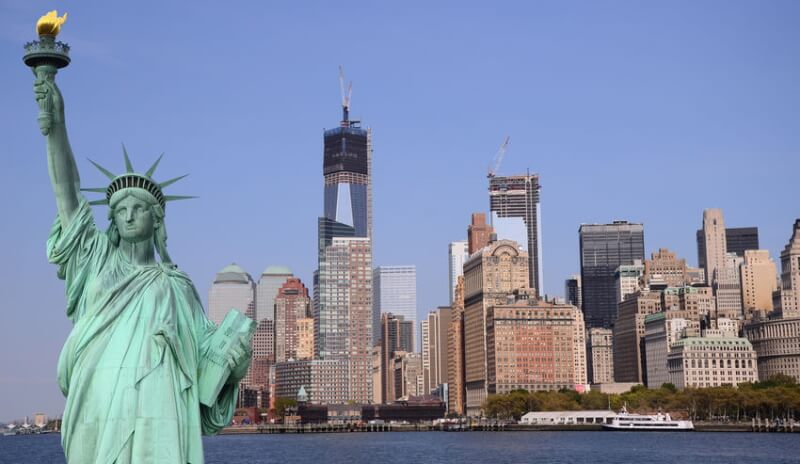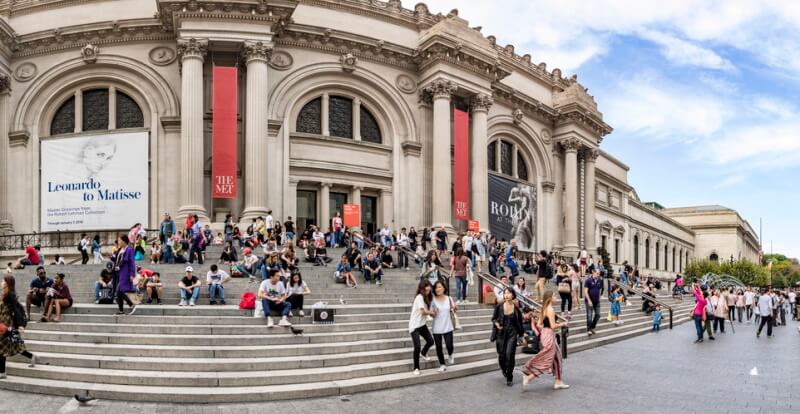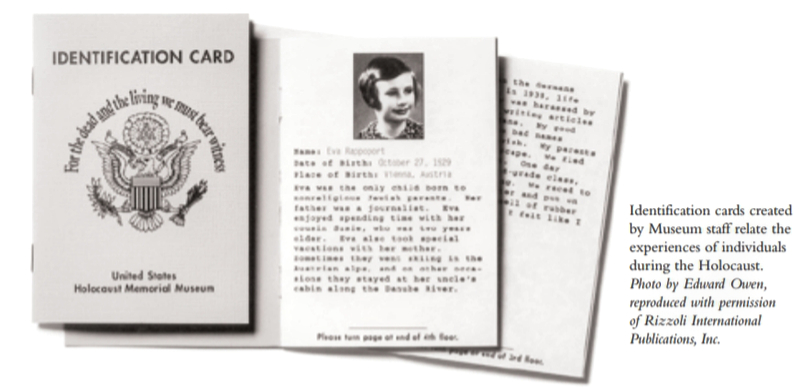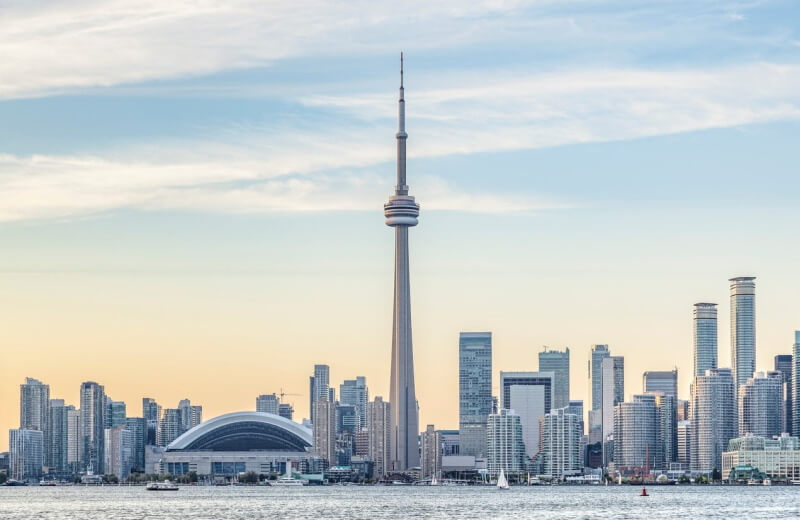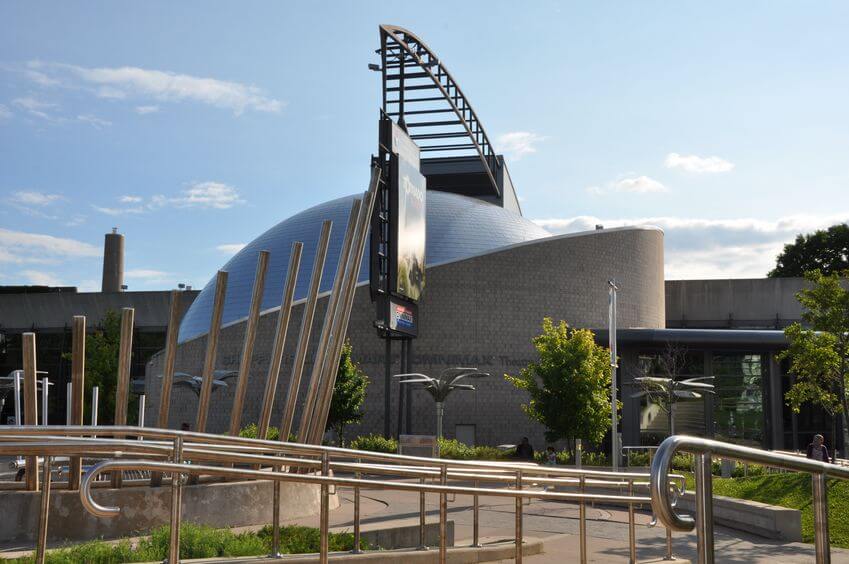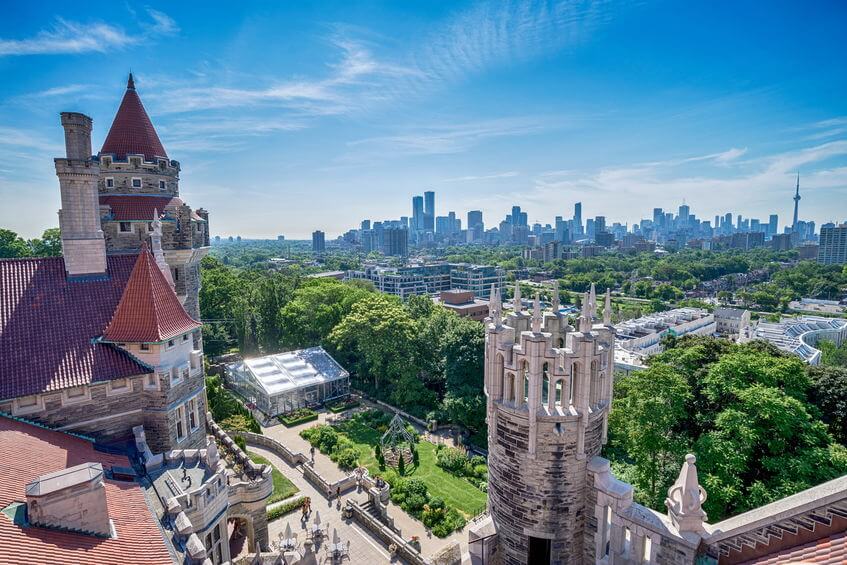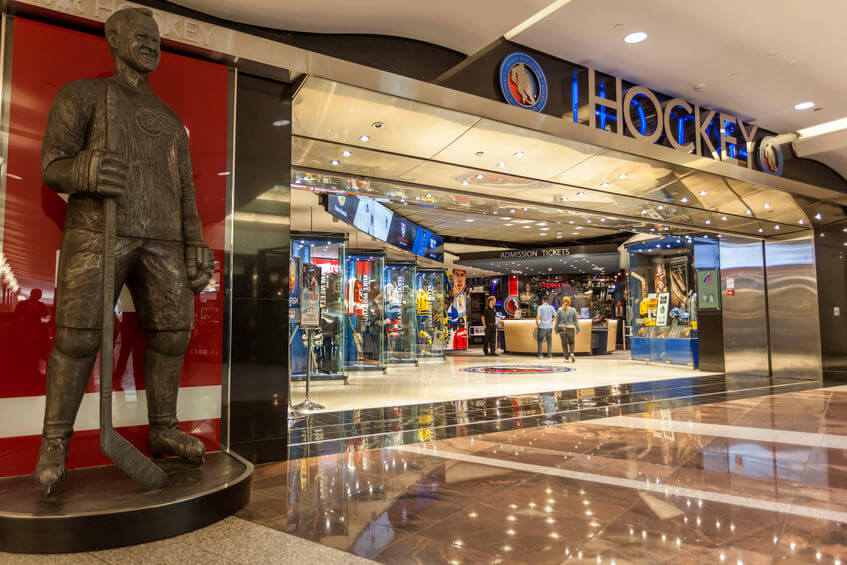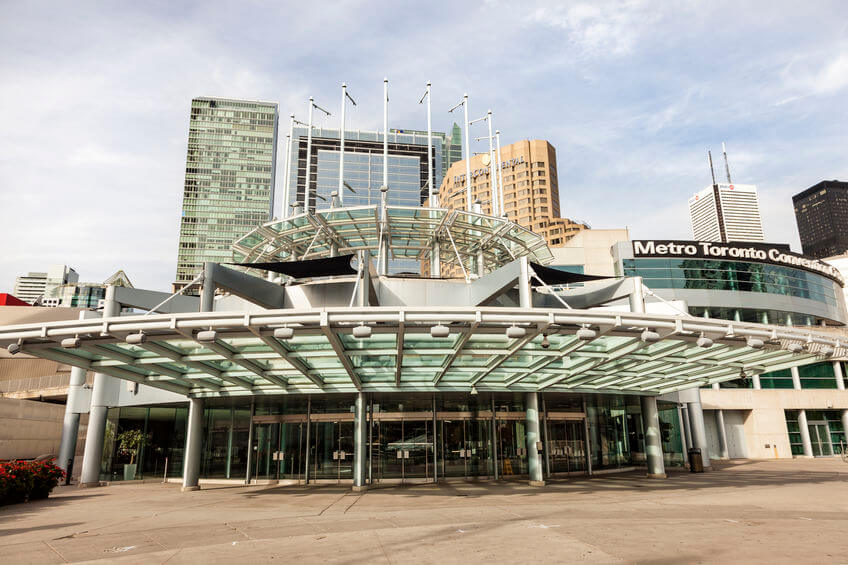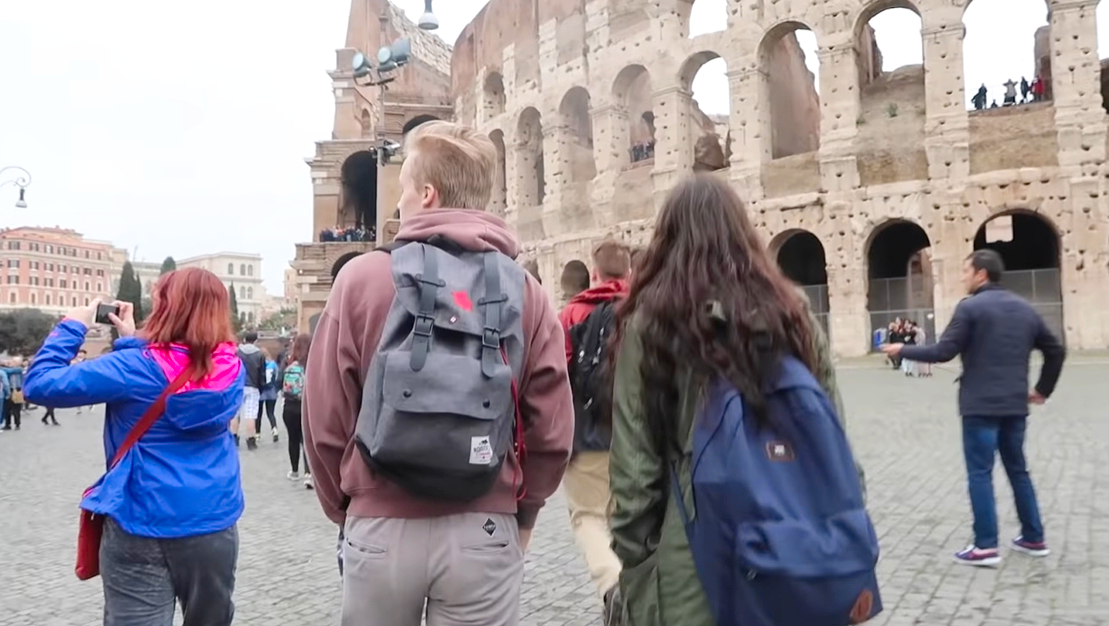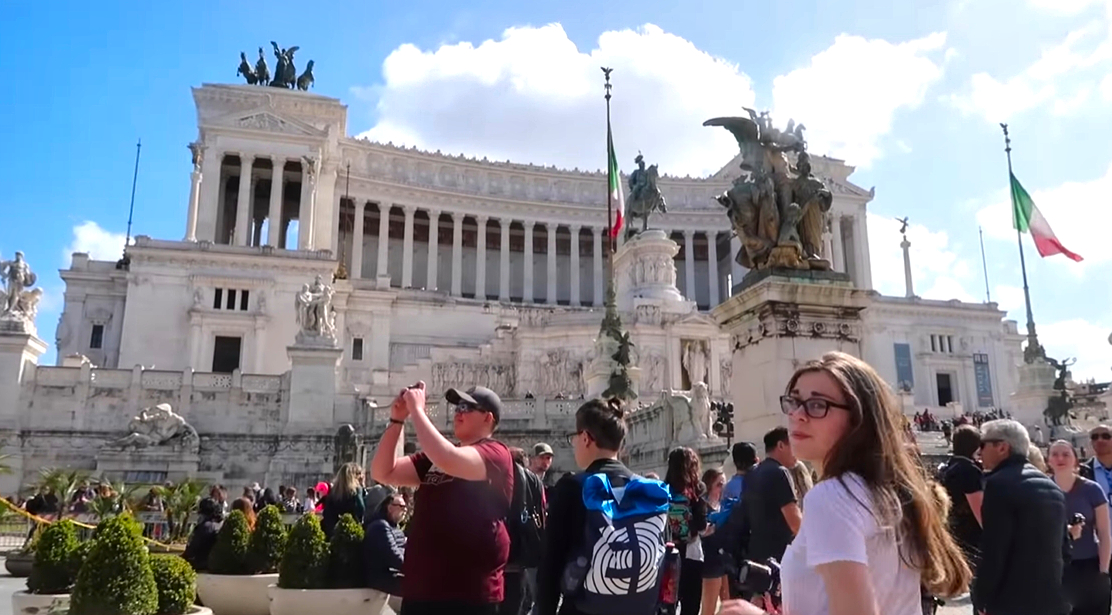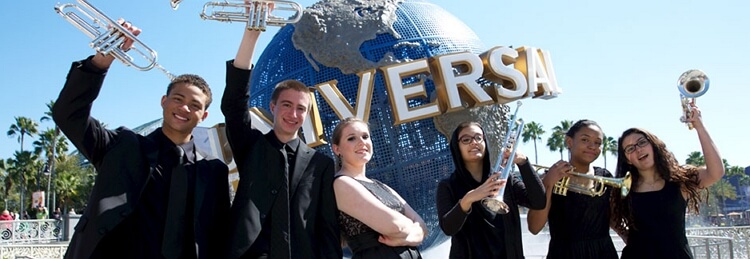
There’s no question: Washington DC is one of the most important places in the country. As the home of our government, countless national monuments and historical and cultural attractions, and known as the museum capital of the country, there are few places in the United States better suited for an educational tour than Washington DC.
But with so many sights to see and educational opportunities to engage with, it can feel like an overwhelming task planning a class trip to the nation’s capital. How do you squeeze in everything you want your students to learn in the little time you get to experience it?
In this guide from our professional class trip planners at Junior Tours, we lay out the step-by-step process to help equip any teacher with the tools to plan the awesome trip in Washington DC their class deserves.
Step 1: Plan the Essentials Far in Advance
Ask yourself:
- How do I plan a trip to Washington DC?
- How long does it take to tour Washington DC?
- How much does the average Washington DC school trip cost?
Like any trip, the first thing you need to do is plan the essentials far in advance. No parent will want to send their kid on a trip that doesn’t have an airtight schedule and itinerary, and the only way to achieve that is with months of careful planning. Don’t show up to class two weeks before the proposed trip and spring it on your students – your trip should be planned months in advance.
Whether you decide to plan your educational tour with our team at Junior Tours or on your own, we can guarantee one thing: the quality of your trip all depends on your planning of the essential details. These are the details you will need to present to students and parents months before the trip to convince them to sign on.
- Length: Figure out the exact time you and your class can take away from school to tour DC. This depends on a number of factors, such as what attractions you and your class want to see, the time the school will let your class stay on trips, and the quality of your itinerary. A short tour can last 2-4 days, while a more thorough tour of Washington, D.C. with Gettysburg and Williamsburg can take up to a whole week.
- Cost: Cost will always be a big issue for many students and parents, and keeping costs low without sacrificing the quality of the trips is a balancing act that takes many trip-planning experiences to perfect. The age and interests of your students is important here, as this will determine the kind of activities that will interest them, and the prices those activities will cost.
- Theme: What’s the theme of your trip? Is it a general learning experience where you will try to cover an overview of the most interesting subjects that the museums and attractions of Washington, D.C. offer, such as the National Museum of American History? Or is it more centered on a certain subject; politics, history, culture, art, or something else? While you don’t have to plan your hour-by-hour itinerary several months before the trip, it is crucial to have an idea of what you want the trip to be about.
Step 2: Try to Contact Your State’s Political Representatives
Ask yourself:
- What do I want my students to learn from this trip?
- Who are the political representatives of our state?
- What can our political representatives teach my students?
Washington DC is the home of political representatives, from congressmen and congresswomen to senators, and each state has their own representatives. While they tend to live busy lives, they are always happy to offer up a possible group tour opportunity or meeting, led by them personally or their team.
Some tours, such as the Capitol tour and the White House Washington tour, require the help of a political representative to book for your class, so getting in contact with them as early as possible is important. You want to make sure you call or email them early enough that they can clear up their schedule for the school trip dates, and so they can reserve certain venues and prepare meeting rooms for your students.
Help your students realize their political aspirations by getting them face-to-face with someone from their own state.
Step 3: Plan the Itinerary
Ask yourself:
- What are the most important attractions in Washington DC?
- What topics should my students learn about?
- What are the most highly rated museums?
Now that you know your desired trip length, the desired cost and budget for your students, and the theme you want to plan your learning experiences around, it’s time to start planning the itinerary. And yes – we mean an actual hour-by-hour breakdown of every day you spend in Washington DC.
This can be pretty intimidating, but here are a few pointers:
1) Don’t over-schedule
Many first-time school trip planners make the mistake of over-scheduling their days. We know you do this with good intentions; maybe you wanted the trip to last another 2-3 days but the school administration or parents association wouldn’t budge, so you are trying to make up for it by squeezing in as many museums and attractions as you can.
But you want your students to have time and truly embrace every stop you take. Learning requires reflection, and when you quickly usher students from one place to another, you leave them no time to reflect on what they see. Try to give each museum at least 3 hours minimum; bigger museums should be given 4-5 hours.
2) Visualize your actual route
In our eagerness to make the most interesting trip possible, we as educators tend to go for the biggest national attractions and monuments, putting them on the itinerary willy-nilly. The problem with this? We forget that the more places you put on the itinerary, the more you force your class to travel around from one place to another.
This means it’s important to visualize your actual route. You don’t want your first stop to be on the other side of the city from your second stop, and your third stop to be right next to your first stop. Think of the layout of your itinerary, and prepare it out place by place.
3) Tell an overarching story
Whether you are sticking to a certain subject or just giving your students a general learning breakdown, you want to make sure that the trip tells an overarching story with an overarching learning experience.
While two museums may not have anything to do with each other, you want to plan your days in a way that students will sit back and ask themselves: do they relate? At the end of the day, these learning experiences are all about teaching your students to think, using the information we give them to stimulate their own imagination.
When it comes to planning the places you visit, you will find that Washington DC is known as the national capital of museums for a very good reason: there are countless museums, memorials, and other attractions in Washington DC like the Lincoln Memorial that offer free admission, and they are all worthy of your time. It’s up to you and your students’ interests to just pick and choose places and events.
Some awesome memorials and museums include:
- National War Memorials – Korean War Veterans Memorial, World War II Memorial, Vietnam Veterans Memorial
- National Influential Individual Memorials – Franklin Delano Roosevelt Memorial, Martin Luther King, Jr. Memorial, Thomas Jefferson Memorial, Lincoln Memorial
- Washington Monument
- Smithsonian Museums
- National Mall
- National Gallery of Art
- National Museum of American History
- National Museum of Natural History
- National Air & Space Museum
- National Gallery of Art
- National Museum of African American History and Culture
- Spy Museum
- U.S. Holocaust Memorial Museum
You also want to make sure that your trip isn’t just museums and memorials, but actual places where the bills and laws of our country are made. Giving your students the experience of being in the places where bills are written and laws are passed can be a once-in-a-lifetime feeling for them. Try to schedule tours of the Capitol Building through the Capitol Visitors Center, as well as the Eastern Market.
Step 4: Prepare Your Students
Ask yourself:
- What should I pack for a school trip to Washington DC?
- What do my students already know about Washington DC?
- What social and cultural elements should my students know to best absorb learning during the trip?
In some cases, student groups travel all the way to Washington DC with students who know very little (or nothing at all!) of what Washington DC represents. Some teachers avoid teaching their students more than a general overview of Washington DC because they are going on a trip to D.C. anyway.
But this is a wrong way in approaching this. Your students should have a foundation of Washington, D.C. knowledge; its culture, its history, and what it represents today. Their trip in DC should be a learning experience that builds upon existing knowledge; you don’t want them spending their first day or two just getting up to speed.
And of course, prepare your students for what they need to pack. Make sure they all have light and small backpacks for the day trips, where they can bring their essentials for any activities you might prepare – a notebook, a pen, and their phone for emergencies.
They might also want to bring a jacket or light sweater wherever they go, especially if your trip is in the fall or winter. And finally – no heels. Wear comfortable shoes you can spend a whole day walking in.
Step 5: Work with Junior Tours for a Perfect Trip
Ask yourself:
- Have I ever planned a successful overnight class trip before?
- Can I make sure that the itinerary, accommodations, tickets, and every other detail flawless?
- Can I offer my students a better learning experience with professional help?
As long-time educators, we understand the desire to plan the perfect class trip for your students, and doing it on your own can lead to major headaches. With so many things to plan and organize and track, as well as executing the trip to perfection, planning a school trip can be your own personal nightmare.
With Junior Tours, we will handle all the heavy lifting and all the legwork. Our professional team of tour planners have been working with students, schools, and educators for decades, over thousands of school trips all across the United States and abroad. Planning and executing a trip that moves along as smoothly as possible while ensuring that every minute is spent learning or having fun is our forte.
Stop Googling “how to plan a class trip to Washington DC” and just work with people who have done it a thousand times before. If you are planning a class trip to the nation’s capital or anywhere else, contact us at Junior Tours today and find out exactly why we are America’s favorite educational tour planners.


